How to halt the thinning of your bones as you age
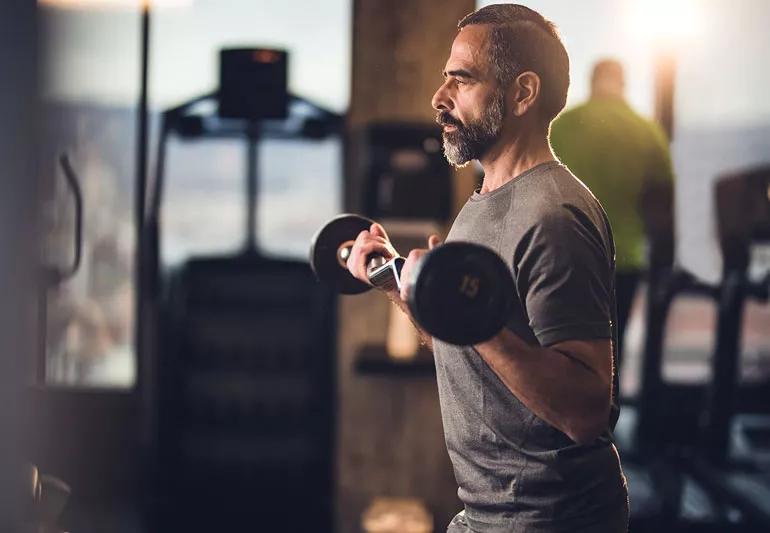
It’s a fact of life: As you age, your bones become thinner and lose their density. Over time, you become more prone to injury.
Advertisement
Cleveland Clinic is a non-profit academic medical center. Advertising on our site helps support our mission. We do not endorse non-Cleveland Clinic products or services. Policy
Fortunately, you can take steps to halt the “thinning” of your bones, called osteopenia, and prevent osteoporosis. Start with the tips below from Cleveland Clinic experts.
Vegetables are the best source of Vitamin C, which stimulates production of bone-forming cells. Greens and yellows have been shown in studies to help with bone mineralization.
Strength training exercise is especially important for those who suffer from lower extremity joint deficiencies such as knee or hip arthritis, which are conditions that may limit your ability to perform weight bearing exercise.
“The key is resistance training ― or bone loading. This means lifting lighter weights with higher repetitions may be robbing you of the bone health benefits provided by strength training, which focuses on increasing the resistance of the weights,” says exercise physiologist Christopher Travers. “Start by performing one to two sets of 10 to 12 repetitions, working to muscle fatigue and increasing the intensity as you go. To achieve maximal benefits with minimal risk, proper breathing and technique are important factors for safe lifting.”
Travers stresses the importance of seeking the advice of a fitness professional before starting a rigorous strength training program.
Advertisement
To help absorb calcium, most adults need 1,000 to 2,000 IU of vitamin D daily, says rheumatologist Chad Deal, MD. Combined calcium-vitamin D pills usually do not meet this requirement. And most of us who live north of Atlanta do not get enough vitamin D the old-fashioned way — from the sun. Taking a vitamin D supplement will ensure you meet your daily needs.
Weight-bearing exercise is defined as an activity that forces you to move against gravity, or gives you resistance as you move. High-impact weight-bearing exercises are best for building bones. These should be limited if you have been diagnosed with osteopenia or osteoporosis.
Examples of high-impact exercises include:
Be sure to clear any exercise plans with your doctor first.
Bad news for bad habits: Loss of bone mineral density is associated with tobacco use and excessive alcohol consumption. If you smoke, look into a program to help you quit. If you drink, the recommendation is to stick to no more than one libation a day.
Doctors can get a quick and painless “snapshot” of bone health using a simple X-ray test called DXA. This test measures bone mineral density and helps determine risks of osteoporosis and fracture. It is recommended that women are tested within two years of menopause. Earlier tests are recommended for men and women with certain diseases and for those taking medications that increase risk, such as long-term steroid therapy.
Perimenopausal women may consider hormone therapy, especially if they have symptoms of menopause (hot flashes and more), to increase waning estrogen levels, which are linked to bone loss. And women and men diagnosed with osteopenia or osteoporosis can take various medications to prevent dangerous hip and spine fractures. Talk to your doctor about options such as bisphosphonates, teriparatide or denosumab. And remember, “None of these medications works without calcium and vitamin D as building blocks,” Dr. Deal says.
Advertisement
Learn more about our editorial process.
Advertisement
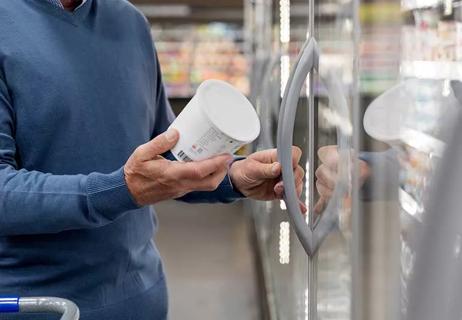
This essential mineral is key to healthy bones and teeth, but also plays other important roles
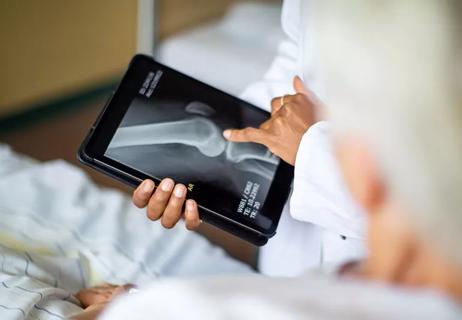
Plus ways to keep bones healthy and strong
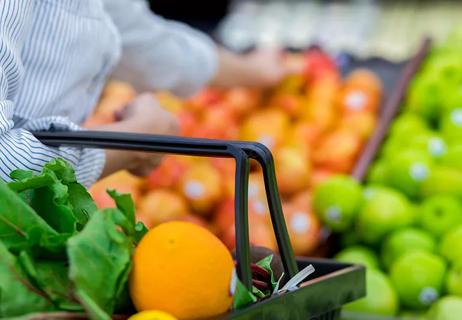
Why pills aren't a substitute for food
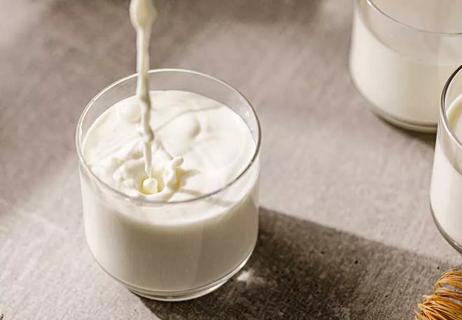
Protect and build muscle while getting essential amino acids and calcium with this protein

Beyond the tell-tale aroma, onions also provide benefits like strong bones and a healthy heart
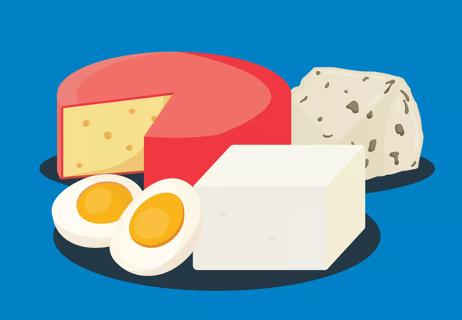
Vitamin K2 is gaining recognition for its effects on blood clotting, heart health and bone health
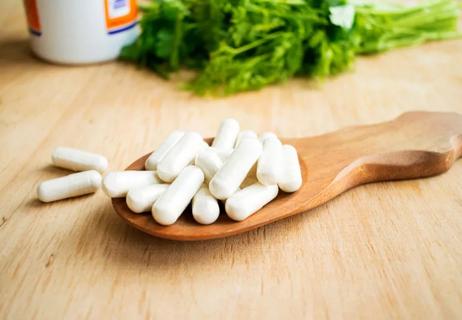
Understanding the role of this vitamin (and where to find it!)

Most recommended precautions center around minimizing bruising or swelling

Type 2 diabetes isn’t inevitable with these dietary changes

Applying a hot or cold compress can help with pain